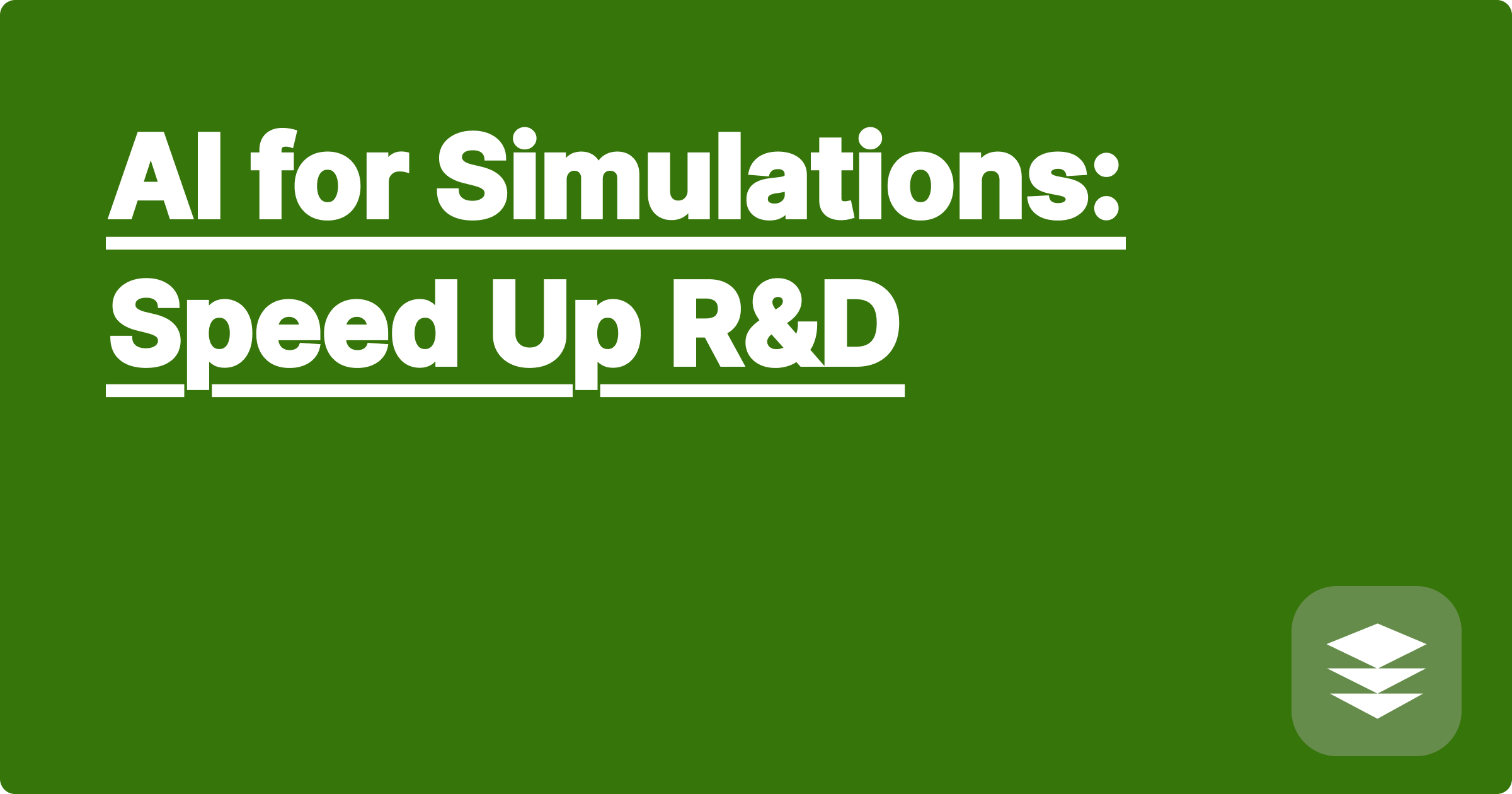
STEM fields often face a significant hurdle: the time and computational resources required for complex simulations. These simulations are crucial for everything from designing new materials to predicting climate change, but traditional methods can be prohibitively slow and expensive. Artificial intelligence offers a transformative solution, promising to accelerate research and development by optimizing and speeding up these critical simulations. This paradigm shift has the potential to unlock breakthroughs across various disciplines, pushing the boundaries of scientific discovery.
For STEM students and researchers, mastering AI-driven simulation techniques is no longer optional; it's becoming essential for staying competitive. These tools can significantly reduce the time spent on tedious computational tasks, freeing up researchers to focus on analysis, interpretation, and the development of new hypotheses. Moreover, AI can uncover hidden patterns and insights within complex datasets, leading to discoveries that might be missed using traditional methods. Embracing these technologies will empower the next generation of scientists and engineers to tackle increasingly complex challenges with greater efficiency and insight.
Simulations are fundamental to STEM research, allowing scientists to model complex systems and predict their behavior under various conditions. Traditional simulation methods often rely on numerical solvers that iteratively approximate solutions to complex equations. These methods can be computationally intensive, especially for large-scale simulations involving intricate geometries, complex physics, or long time scales. For example, simulating the airflow around an aircraft wing or the behavior of a complex chemical reaction can take days or even weeks using conventional approaches. This computational bottleneck limits the scope and scale of research, hindering progress in fields that rely heavily on simulation. Furthermore, the complexity of these simulations often requires specialized expertise in high-performance computing, creating a barrier for researchers who may not have access to such resources.
AI offers a powerful alternative to traditional simulation methods. Machine learning algorithms, in particular, can be trained to learn the underlying physics of a system from existing data or simulations. Once trained, these AI models can predict the system's behavior much faster than traditional solvers, often by orders of magnitude. Tools like ChatGPT, Claude, or Wolfram Alpha can be leveraged in various ways to enhance the simulation process. ChatGPT and Claude, for instance, can assist in generating code for pre- and post-processing of simulation data, automating tedious tasks and reducing the risk of human error. Wolfram Alpha can be used to quickly explore and validate mathematical models, simplifying the process of developing and refining simulation parameters. Furthermore, AI can be used to optimize the simulation parameters themselves, finding the most efficient settings for a given problem.
The process of implementing AI for simulations typically begins with data acquisition. Gathering relevant data, either from experiments or existing simulations, is crucial for training the AI model. This data needs to be pre-processed and cleaned to ensure its quality and consistency. Next, an appropriate AI model is selected based on the specific problem and the available data. This could be a neural network, a support vector machine, or another suitable algorithm. The chosen model is then trained using the prepared data, a process that involves optimizing its parameters to minimize the difference between its predictions and the actual data. Once trained, the AI model can be used to predict the system's behavior under new conditions. Finally, the results are validated and compared with traditional simulation methods or experimental data to ensure accuracy and reliability.
Consider the example of simulating fluid flow around a complex object. Traditionally, this would involve solving the Navier-Stokes equations, a computationally intensive process. An AI model, such as a convolutional neural network, can be trained on a dataset of fluid flow simulations generated using traditional methods. Once trained, the AI model can predict the flow field around similar objects much faster, potentially reducing the simulation time from days to minutes. Another example is in molecular dynamics simulations, where AI can be used to predict the interactions between atoms and molecules. Instead of calculating forces and trajectories for each particle, an AI model can learn the underlying potential energy surface and predict the system's evolution much more efficiently. For instance, the formula for calculating the potential energy between two atoms can be learned by a neural network, allowing it to bypass the computationally expensive direct calculation.
For STEM students and researchers, integrating AI into their workflow requires a strategic approach. Start by familiarizing yourself with the fundamental concepts of machine learning and AI. Online courses, tutorials, and resources like those offered by Wolfram Alpha and other educational platforms are excellent starting points. Experiment with different AI tools and techniques to find the best approach for your specific research area. Collaborate with experts in AI and machine learning to leverage their expertise and gain valuable insights. Document your AI-driven simulations meticulously, ensuring reproducibility and transparency. Finally, stay updated on the latest advancements in AI for simulations, as this is a rapidly evolving field with new tools and techniques constantly emerging.
In conclusion, AI is revolutionizing the field of simulations, offering unprecedented speed and efficiency. By embracing these powerful tools, STEM students and researchers can accelerate their research and development efforts, unlocking new discoveries and pushing the boundaries of scientific knowledge. Start exploring the potential of AI for simulations today and gain a competitive edge in your field. Investigate available resources, experiment with different platforms, and integrate AI into your workflow to unlock the full potential of your research.
Ace STEM Exams: AI Study Planner
STEM Homework Solver: AI Assistance
AI for Lab Data: Analysis Made Easy
Master STEM: AI Exam Prep Guide
AI Coding Tutor: Debug Smarter
AI in Engineering: Boost Your R&D